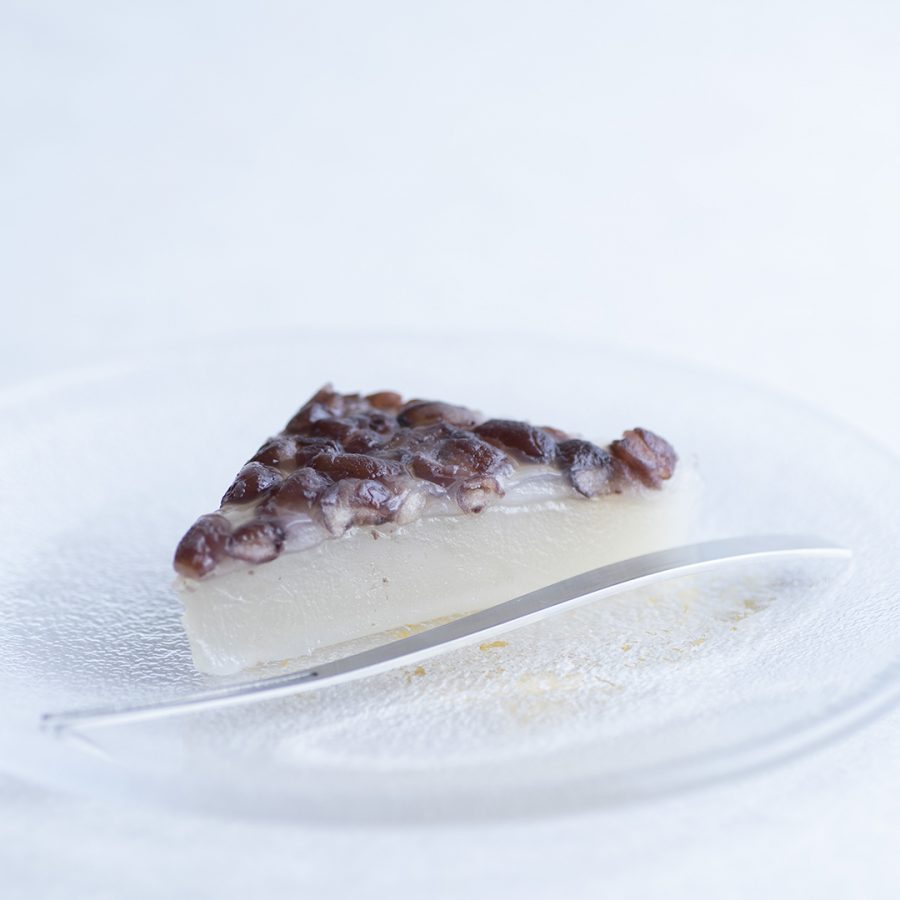2021.06.10
“Wagashi” Flavors Deeply linked with Japanese Traditional Culture
 Japanese traditional wagashi sweets bring pleasure to the eye with an appearance representing the rich Japanese seasons and nature, along with their flavor. Essential in regular annual festivals, wagashi sweets are deeply linked with Japanese traditional culture.
Japanese traditional wagashi sweets bring pleasure to the eye with an appearance representing the rich Japanese seasons and nature, along with their flavor. Essential in regular annual festivals, wagashi sweets are deeply linked with Japanese traditional culture.
The origin is thought to date back to the Jomon era, when nuts were milled, soaked in water to skim off foam, and rolled into dango dumplings. Wagashi then independently developed in Japan influenced by kara-kudamono or kara-gashi, Chinese pastries brought back by envoys to the Tang Dynasty, as well as the tea ceremony culture in and after the Kamakura era.
It was in the Edo era when the wagashi culture flourished. To celebrate the end of the war-torn era and arrival of peaceful lives, Edo artisans of jo-gashi, traditional sweets for offerings, and their equivalents in Kyoto that made kyo-gashi competed with each other to improve their skills. This helped them produce a number of different types of wagashi with the best use of creativity and various ingredients. Many of the wagashi sweets that delight our senses today were born during this time. In the upcoming season, those including mizu-yokan, soft red-bean jelly, will bring a moment of coolness in the heat of summer.